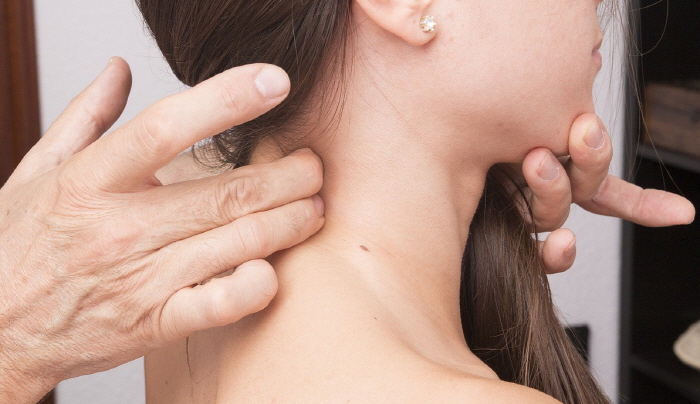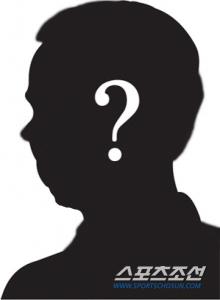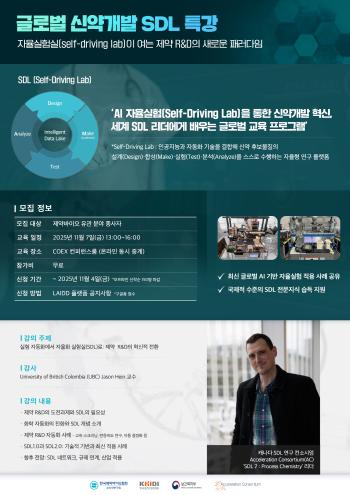My neck was stiff, my shoulders were stiff, and my arms were numb…What about prevention and treatment of neck disc?
Jun 03, 2025
|
Mr. A, an office worker in his 40s, has felt stiff in his right shoulder and back of his neck since a few days ago, and every time he turned his head, he felt stiff. The shoulder muscles seemed stony and hard to work. At first, I thought it was commonly referred to as 'dam', so I passed it lightly, but the pain did not subside, and eventually, symptoms such as numbness in the arms appeared and went to the hospital. The test result was 'Cervical Intervertebral Plate Escape', commonly referred to as neck disc.
Many people misunderstand the stiffness of the neck or shoulder as a simple muscle clumping or temporary bile. However, if the pain spreads to the arms, or nerve symptoms such as numbness in the fingertips, and sensory loss are accompanied, you should suspect a neurological compression disease, not just muscle pain. In particular, for modern people who spend a lot of time using computers and smartphones, neck disks have become a disease that is no longer unfamiliar.
Neck disc is a disease in which the disc between the cervical vertebrae protrudes or ruptures and compresses adjacent nerves, causing pain, numbness, and sensory abnormalities. Early symptoms are usually stiffness of the back neck or clumping of shoulder muscles. This is because the surrounding tissue is inflamed rather than the problem of the disk itself, and the muscles that support the cervical spine appear reflexively tense. For this reason, patients are often mistaken for 'bile' and delayed in accurate diagnosis and treatment.
Cha Kyung-ho, director of Yonsei Star Hospital (neurosurgeon), emphasized, "The neck disc may seem like simple muscle pain, but if the pain spreads to the arm, the sensory abnormalities of the hand, or the muscle weakness is accompanied, it should not be passed lightly anymore." and added, "In the early stages, non-surgical treatment and posture correction can improve, so if you feel abnormal symptoms, you should seek professional treatment as soon as possible."
The cause of the neck disc is closer than you think. When using a smartphone or computer for a long time, the posture of pushing your head forward puts four to six times more load on the cervical spine than normal. This gradually weakens the disk and increases the risk of escape. In particular, turtle neck posture, high pillows, and wrong sleeping habits put a constant burden on the neck, and the risk increases further when the elasticity of the disk decreases after the 40s and the aging degenerative changes in the tissue begin. Therefore, not only treatment, but also posture correction and lifestyle improvement are key to prevention and management of neck disc.
Treatment mostly begins with non-surgical methods. Medication, physical therapy, traction therapy, and nerve block surgery are mainly performed, and if the pain is not severe, these methods alone often improve symptoms. However, if the arm's strength decreases, loss of sensation, and severe numbness persist, surgery is considered. In particular, if your fingertips are dull and you have a feeling abnormality as if you are wearing rubber gloves, or if you have a feeling abnormality in both hands, it is judged that spinal cord compression has progressed and active treatment is necessary.
Director Cha Kyung-ho explained that "not all neck disc patients undergo surgery" and that "the patient's daily life ability, MRI findings, and neurological examination results are comprehensively considered to determine whether to operate or not."
Office workers, drivers, or people engaged in long-term head-down work have a relatively high risk of neck disc development. In these occupational groups, it is very important to stretch your neck and shoulders to relax during the day.
|
This article was translated by Naver AI translator.















